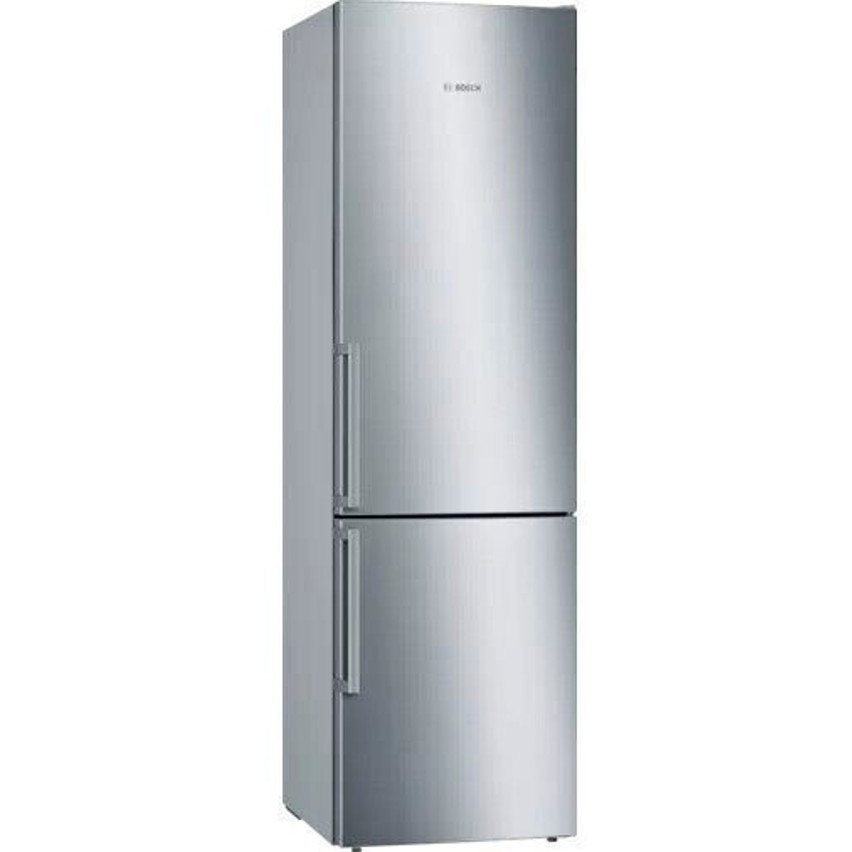Some Of The Most Ingenious Things Happening With Refrigerator With 0-Degree Zone Test
Exploring the 0-Degree Zone in Refrigeration: A Comprehensive Test
Fridges are a staple in modern cooking areas, essential for preserving food quality and guaranteeing it lasts longer. One feature that has gathered attention in the last few years is the 0-degree zone, often promoted as an ideal option for keeping meats, fish, and other perishables. However what does the 0-degree zone require, and is it really efficient? In this blog post, we will look into the principle of the refrigerator’s 0-degree zone, conduct a comprehensive test of its abilities, and respond to typical questions surrounding this feature.
What is a 0-Degree Zone?
A 0-degree zone refers to a specialized section within a refrigerator designed to maintain a temperature level around 32 ° F(0 ° C). This temperature is optimum for keeping perishable items fresh without freezing them. While standard refrigeration runs at a little above freezing temperature levels (usually between 32 ° F and 40 ° F ), the Kühlschrank Mit 0 Grad Zone Test; https://trivio-Handel.de/,-degree zone aims to extend the freshness of items that are more prone to wasting.
Key Benefits of the 0-Degree Zone
- Extended Freshness: Ideal for storing meats and fish, the cold temperature can assist decrease bacterial growth.
- Maintained Quality: Fruits and vegetables can maintain their texture and taste longer when saved at this optimal temperature.
- Lowered Spoilage: Prevents freezer burn for items that are typically stored in routine freezer compartments.
The Test: Evaluating Refrigerator 0-Degree Zones
To examine the effectiveness of the 0-degree zone, a variety of refrigerators, equipped with this function, were tested for their efficiency over a two-week duration. Food items commonly kept in this section were kept an eye on, including beef, chicken, fish, fruits, and veggies. Here’s a breakdown of the method and results.
Test Methodology
- Refrigerators Selected: Five different designs featuring 0-degree zones.
- Items Stored:
- Ground beef
- Chicken breasts
- Salmon fillets
- Strawberries
- Carrots
- Temperature level Monitoring: Internal temperature levels were logged daily utilizing accurate thermometers positioned in the 0-degree zone.
- Quality Assessment: At the end of the two-week duration, visual evaluations and taste tests were performed.
Test Results
Table 1: Temperature Consistency Across 0-Degree Zones
| Refrigerator Model | Typical Temperature ( ° F)Fluctuation Range ( ° F | |
|---|---|---|
| ) Model A | 32.5 | 31.0 to 34.0 |
| Design B | 31.8 | 30.0 to 33.0 |
| Model C | 32.2 | 31.5 to 34.5 |
| Model D | 32.0 | 31.0 to 33.5 |
| Design E | 30.5 | 29.5 to 31.5 |
Table 2: Quality Assessment of Food Items After Two Weeks
| Food Item | Refrigerator Model A | Model B | Design C | Design D | Model E |
|---|---|---|---|---|---|
| Ground Beef | Fresh | Fresh | A little Discolored | Spoiled | Ruined |
| Chicken Breasts | Fresh | Fresh | Somewhat Dry | Ruined | Ruined |
| Salmon Fillets | Fresh | Fresh | Fresh | A little Dry | Ruined |
| Strawberries | Fresh | A little Soft | Fresh | Ruined | Ruined |
| Carrots | Crisp | Crisp | A little Wilted | Soft | Ruined |
Observations From the Test
-
Temperature Consistency: All tested refrigerators maintained temperatures close to the wanted 0-degree mark. Nevertheless, Model A and Model B showed exceptional consistency with very little fluctuation, making them more trustworthy for maintaining food.
-
Food Preservation: Items stored in Model A and Model B showed minimal signs of wasting, while those in Models D and E showed significant degeneration, particularly the meat items.
-
Wetness Retention: The refrigeration designs, in spite of preserving low temperatures, managed to maintain the wetness levels of the food effectively, particularly in Models A and B.
The 0-degree zone in modern-day refrigerators presents an important enhancement for those looking for to prolong the life of their perishable goods. This function stands apart for its ability to keep optimal temperatures while reducing spoilage and keeping food quality.
Frequently asked questions
1. What types of food are best suited for the 0-degree zone?
Foods that take advantage of storage in the 0-degree zone consist of meats, seafood, prepared meals, some dairy products, and particular vegetables and fruits that do not freeze well.
2. How can I tell if my refrigerator has a 0-degree zone?
Examine your refrigerator’s user manual or the temperature level controls. Many brands consist of a particular compartment identified as the 0-degree zone or similar phrasing.
3. Is it safe to store food in the 0-degree zone?
Yes, supplied that the temperature consistently stays around the 0-degree mark. Keeping food at this temperature level helps restrict germs development while maintaining freshness.
4. Can the 0-degree zone be changed?
In a lot of fridges, the temperature settings for the 0-degree zone can be changed, but it’s suggested to keep it near or at 32 ° F for optimal results.
5. The length of time can food last in the 0-degree zone?
This can differ depending on the type of food. Meat and fish can last longer than in a regular refrigerator however check particular guidelines for best practices on storage times.
In conclusion, purchasing a refrigerator with a 0-degree zone not only improves food preservation practices but likewise ensures that your ingredients preserve their quality and taste. By checking out various designs and their capabilities, customers can make informed options that match their food storage requirements.


